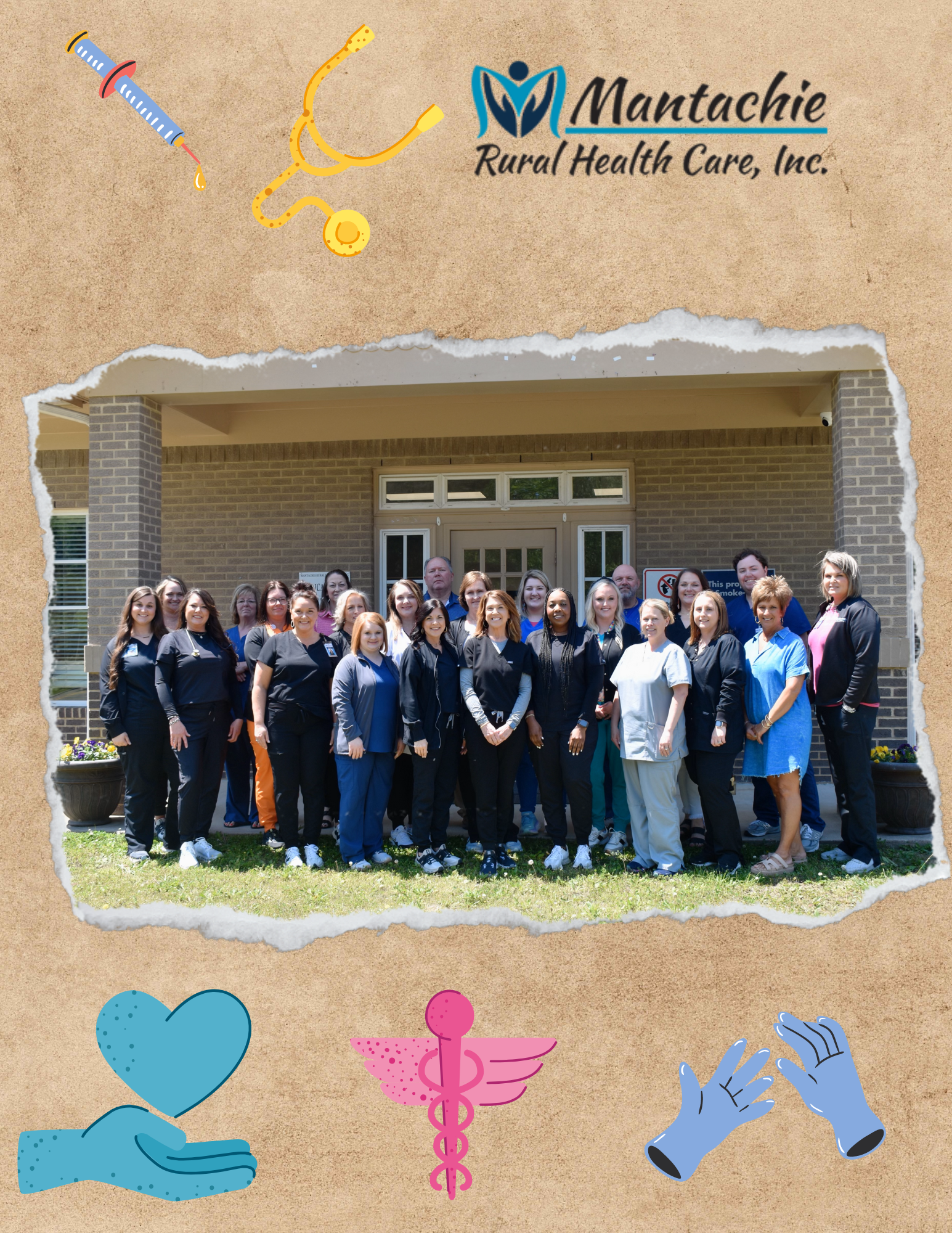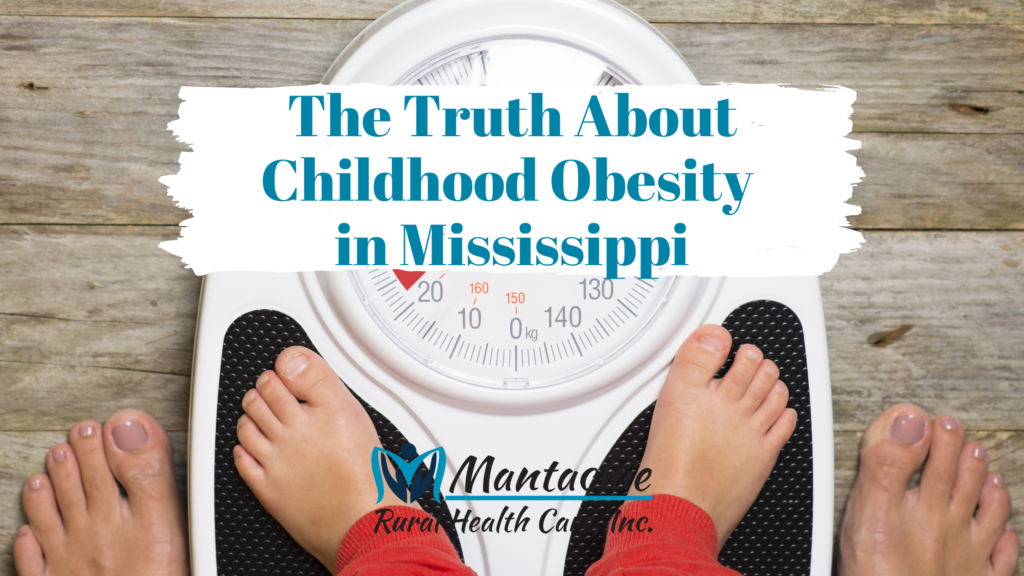
Breast cancer is the most common cancer among women with the exception of skin cancer. One in eight women will receive a breast cancer diagnosis in their lifetime. Women who get screening mammograms regularly are more likely to find cancer early and beat it.
Why Women Over 40 Need a Mammogram
Some women are anxious about getting a mammogram, especially their first one. This is understandable as the unknown can be frightening, but it’s not a reason to skip the screening especially if you are over 40 and you have a family history of breast cancer. Most women will receive clear results. Only about 10 to 12 percent of women are called back for further testing after a mammogram.
What Happens if Your Mammogram is Suspicious
Even if you are called back for further testing after a mammogram, it’s not a reason to freak out. Most abnormalities found in mammograms are benign.
The next step after a suspicious screening mammogram depends on your age and the type of screenings you’ve already had. In most instances, the next step is to undergo a diagnostic mammogram, which is a more in-depth mammogram, or a breast ultrasound. Depending on certain factors like the pattern of the abnormalities and medical history, your physician may also order an MRI of the breast or a biopsy.
Growths found in the breast can be benign or malignant–most are benign or non-cancerous. Some benign breast conditions may cause pain or discomfort and require treatment while others are harmless and painless. However, many benign breast conditions mimic the warning signs of breast cancer, and a biopsy is needed to confirm a diagnosis.
Calcifications and microcalcifications are bits of calcium that may appear in mammograms. In fact, calcifications are common and appear in about half of all women over the age of 50. However, only about 1 in 10 younger women will have calcifications appear on their mammograms.
Most but not all calcifications are benign. Certain patterns such as tight clusters or lines of microcalcifications can be an early indication of cancer. The appearance of calcifications may be due to age, a past breast injury or surgery, an infection in the breast, or past radiation therapy.
Malignant Test Results
Unfortunately, over 320,000 women in the United States will receive a breast cancer diagnosis this year. A cancer diagnosis still isn’t a reason to panic or expect the worst. Breast cancer treatments have come very far over the last several decades and deaths from breast cancer dropped 39 percent between 1989 and 2015.
If you do have breast cancer, you will be diagnosed with one of two types–non-invasive breast cancer also known as ductal carcinoma in situ or DCIS, or invasive breast cancer. DCIS occurs when abnormal cells grow in the milk ducts of the breast. Non-invasive breast cancer is considered non-invasive because the abnormal cells in the milk ducts haven’t spread to other parts of the breast or body. DCIS typically appears as a cluster of microcalcifications on a mammogram.
Invasive breast cancer happens when abnormal cells inside the milk ducts break out into nearby breast tissue and can even spread to the lymph nodes in the underarm. Invasive breast cancer does not mean metastatic breast cancer, although metastatic breast cancer is a form of invasive breast cancer. Metastatic breast cancer is when abnormal cells in the breast spread to other parts of the body. It is also known as stage IV or advanced-stage breast cancer.
How to Get the Best Results from a Mammogram
You can’t prevent breast cancer, but you just might save your life if you start getting early mammogram screenings. Women between the ages of 40 and 44 should begin screening and have the option to get a mammogram each year. Women ages 45 – 54 should be screened each year. After age 55, women with low risks can switch to being screened every other year.
Mammograms often follow routine women’s exams that include physical breast exams. If it’s been awhile since your last women’s exam and you are reaching the age of 40 or older, it’s time to schedule an appointment. Click here to request your women’s health appointment with Mantachie Rural Health Care today.









